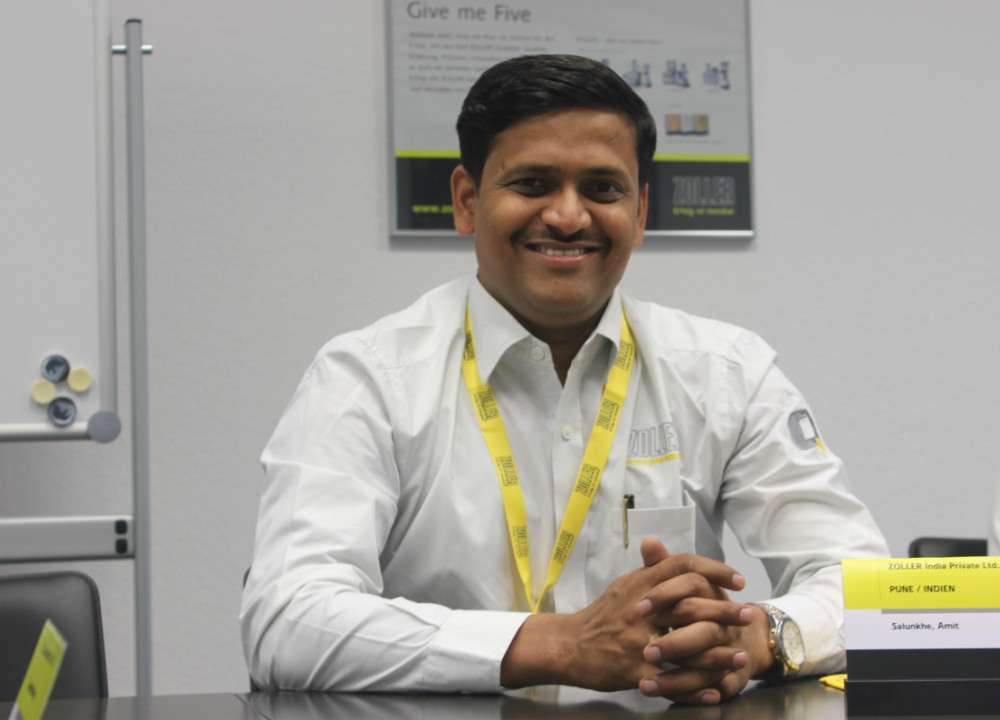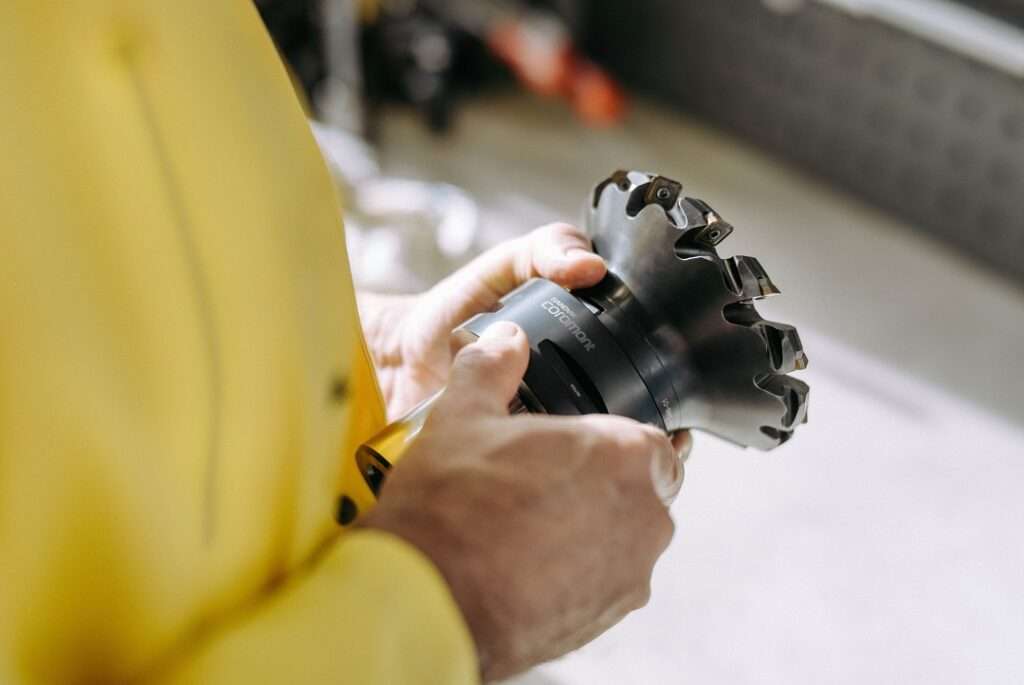Indian Railways is considering the use of nuclear energy as part of its strategy to increase reliance on non-fossil fuel sources and achieve net-zero carbon emissions by 2030. The railway network, which aims to require 30,000 MW of renewable energy capacity by 2029-30, is exploring nuclear power as a potential source alongside ongoing efforts to expand solar and wind energy projects.
In addition to nuclear power, Indian Railways is actively commissioning solar and wind power plants, with plans to utilize hydropower as well. The organization is keen on establishing captive power generation units across these energy sources to ensure a steady and cost-effective supply. Discussions with the Nuclear Power Corporation of India (NPCIL) are expected to commence soon, according to senior officials.
To bolster its renewable energy initiatives, Indian Railways is also exploring partnerships with the Solar Energy Corporation of India (SECI), NTPC, and the Ministry of New and Renewable Energy (MNRE), among others. The goal is to develop a cost-effective model that would lower operating expenses, benefiting the massive rail network, which currently spends around ₹20,000 crore annually on electricity for its trains and offices.
In 2023 alone, Indian Railways commissioned 147 MW of solar power plants and 103 MW of wind power capacity, with an additional 2,150 MW of renewable energy capacity in the pipeline. The rail network has electrified nearly 63,500 route kilometers, covering over 96% of its broad-gauge network. Solar rooftop installations have been implemented at 2,637 stations and service buildings, contributing 177 MW of power generation capacity.
Several zonal railways, including North Frontier Railway (NFR) and Central Railway, are already launching green initiatives by tapping into renewable energy sources. The initial deployment of nuclear energy may focus on areas served by the Nabinagar Thermal Power Plant, where some infrastructure is already in place.
This is not the first time Indian Railways has explored nuclear energy. In 2013, when its peak power demand was around 4,000 MW, preliminary discussions with NPCIL considered setting up a 400 MW nuclear power plant. However, by 2017, efforts by the Department of Atomic Energy to form a joint venture faced setbacks as Indian Railways declined a partnership offer.







